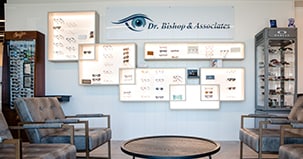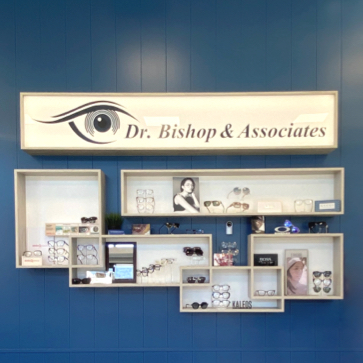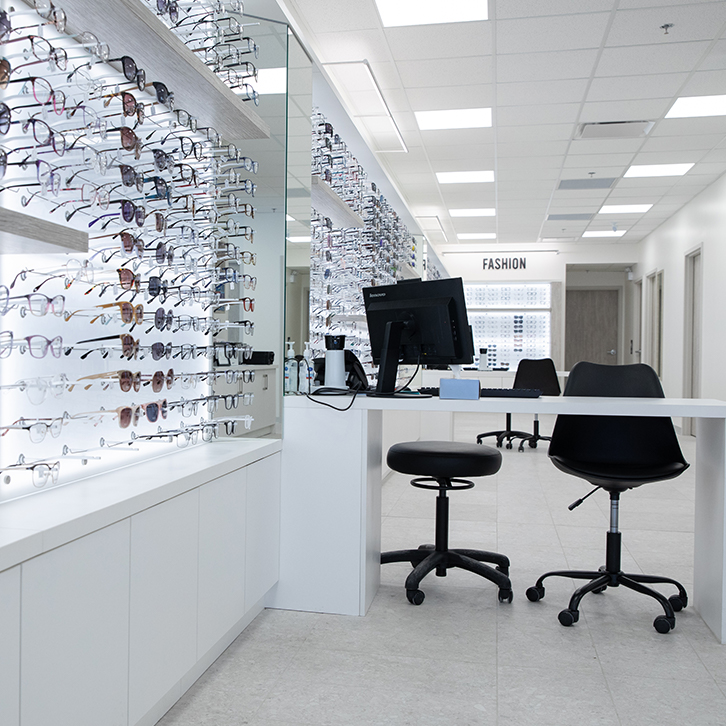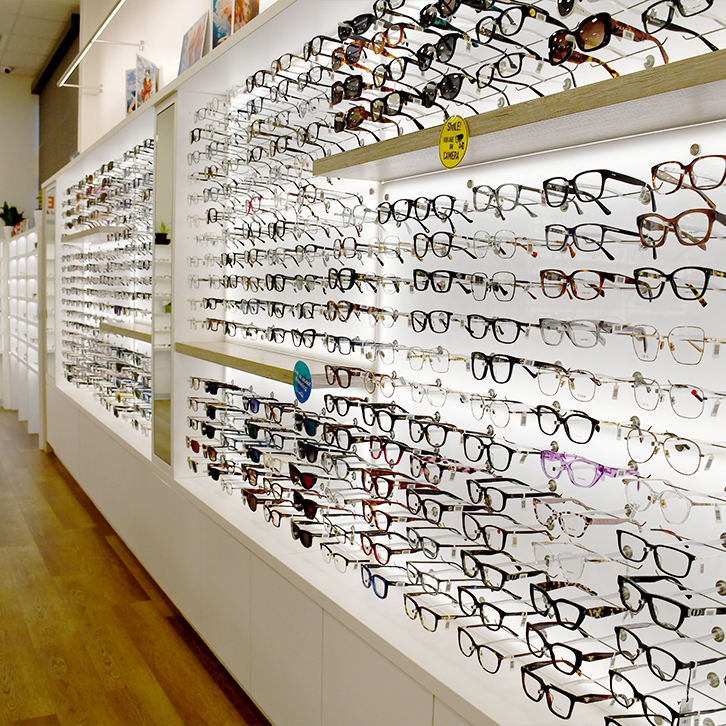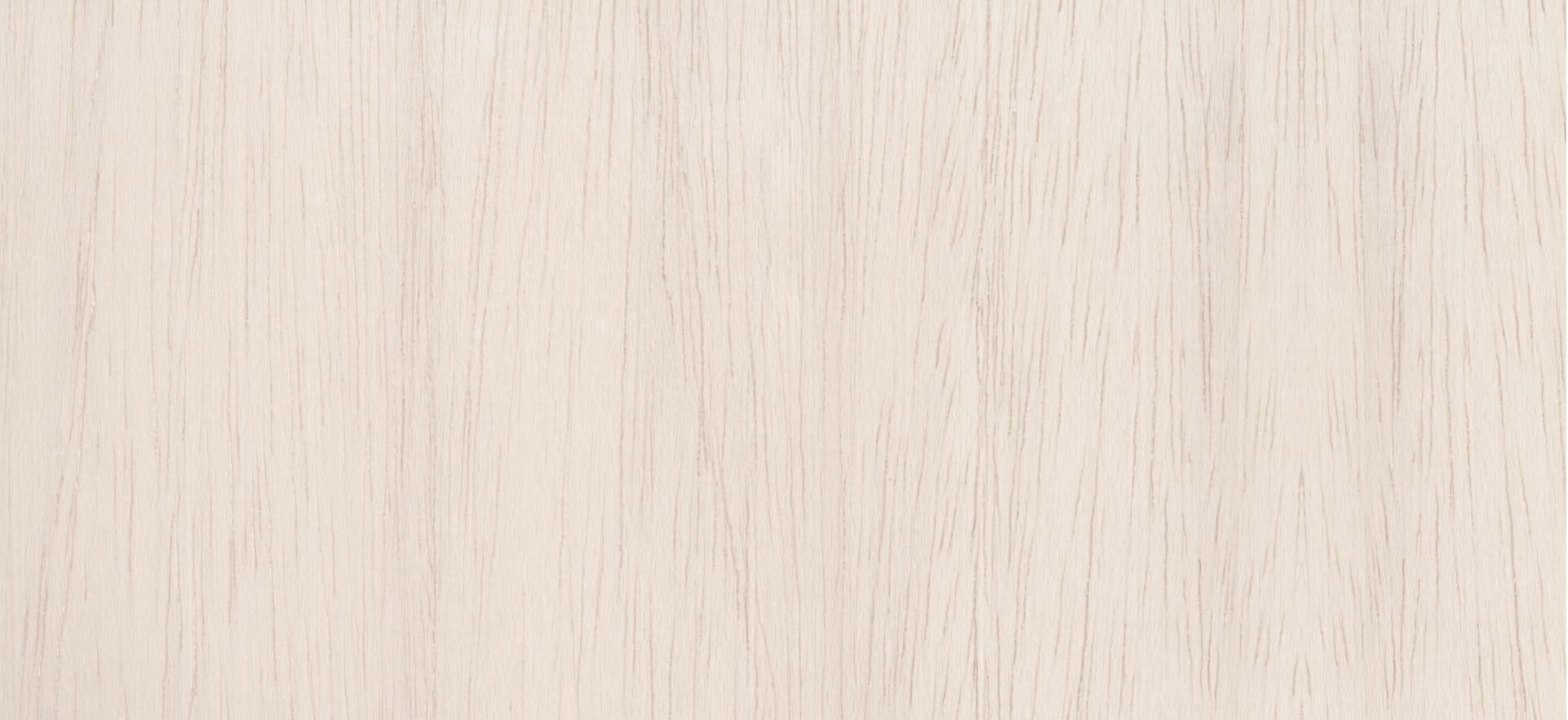Many people use contact lenses to help improve their vision, but dry eyes can be a pest. Wearing contact lenses can be uncomfortable when you have dry eyes, and they may even worsen your symptoms. How can you prevent dry eye symptoms when wearing contact lenses?
Continue reading to learn more about dry eyes and contact lenses, including how you can prevent discomfort.
What Is Dry Eye Disease?
Dry eye disease is when your tears cannot effectively lubricate your eyes. This condition occurs when there is instability in the tear film. The tear film has 3 layers (mucin, water, and oil), which help tears stay fastened to the eye’s surface, protect the eye, and prevent tears from evaporating too quickly.
When you experience issues with your tear film, it can lead to several aggravating symptoms, including:
- A stinging, burning or scratching sensation in your eyes
- Blurred vision
- Difficulty wearing contact lenses
- Eye fatigue
- Eye redness
- Foreign object sensation
- Stringy mucus in or around the eyes
- Watery eyes
What Causes Dry Eyes?
Dry eyes can occur for many reasons, but the overall cause of this condition is instability within the tear film. A problem with one of the tear film’s layers can happen due to internal or external factors, including age, allergies, or environmental conditions. These issues can cause dry eyes because they lead to decreased tear production, increased tear evaporation, or both.
Decreased Tear Production
Decreased tear production occurs when you cannot produce enough water for your tears. This problem occurs when tear production slows down in the glands in and around your eyelids. A common cause of decreased tear production is age, but other factors include:
- Certain medical conditions
- Certain medications
- Desensitized corneal nerves
Increased Tear Evaporation
Increased tear evaporation occurs when there are problems with the quality of your tears. Tiny glands in the eyelids (your meibomian glands) produce oil to prevent tear evaporation, but several factors can cause your tears to dry out too quickly.
A common cause of this issue is meibomian gland dysfunction. This condition occurs when the meibomian glands become blocked or clogged.
Other potential causes of increased tear evaporation include:
- Eye allergies
- Eyelid problems
- Infrequent blinking
- Vitamin A deficiency
- Wind, smoke, or dry air
Understanding Dry Eyes & Contact Lenses
While contact lenses can be a great alternative to glasses, many people struggle to wear them. Contact lenses can be uncomfortable or irritating if you have dry eye disease. Your eyes don’t produce tears properly or make enough oil to keep the tears from evaporating.
Additionally, dry eye symptoms may worsen due to contact lens use.
Contact lenses may cause or worsen dry eye symptoms if:
- They aren’t the right size for your eyes
- The contact lens material irritates your eyes
- You wear them for too long
- You use the wrong lens solution to store & clean your lenses
 Contact Lenses for Dry Eyes
Contact Lenses for Dry Eyes
Your optometrist can recommend contact lenses that provide clear and comfortable vision. Whether it’s conventional or specialty lenses, they will recommend comfortable lenses and provide tips on preventing future irritation.
Soft Contact Lenses
Soft contacts are known for their comfort and breathability. There are various types of these contact lenses available today, including extended wear or disposable options.
Daily disposable lenses are beneficial for contact lens use because no cleaning is required. You replace these lenses every day, preventing protein deposits (which cause dryness).
Rigid Gas Permeable Lenses
Rigid gas permeable lenses are another popular choice for contacts, providing clear and crisp vision. These lenses are easier to handle and have greater durability than other lenses.
They can be uncomfortable as you get used to wearing them, but these lenses offer a comfortable fit, especially if you have dry eyes.
Scleral Lenses
Scleral lenses are ideal for dry eyes. They are specialty lenses your optometrist may recommend if conventional options are uncomfortable. They vault over the cornea, resting on the white of your eye, the sclera.
Because of their larger size, scleral lenses create a space between the lens and the eye’s surface, known as a fluid reservoir. This reservoir helps constantly moisten the eye’s surface, improving comfort.
Tips to Prevent Dry Eye from Contact Lenses
Preventing dry eyes when wearing contact lenses is possible in several ways. The first recommendation many eye doctors make is to treat the root cause of your dry eyes. The ideal treatment for you depends on what’s causing your dry eye symptoms.
Treating your dry eyes can help reduce irritation and make wearing your contact lenses more comfortable. Some treatment options for dry eyes include artificial tears, manual gland expression, punctal plugs, and nutritional supplements.
Additionally, taking care of your contacts can help prevent discomfort when wearing contact lenses:
- Keep your contact lenses clean & replace them as recommended
- Only wear your lenses as long as your optometrist advises
- Moisten your eyes before putting in your contact lenses
- Use artificial tears throughout the day to keep your eyes lubricated
Enjoy Comfortable Contact Lenses
Contact lenses and dry eyes can be an uncomfortable combination, but your eye doctor can help you enjoy clear and comfortable vision. With the right contact lenses and proper care and maintenance, you can reduce your dry eye symptoms. Contact your optometrist if you’re interested in contact lenses.







